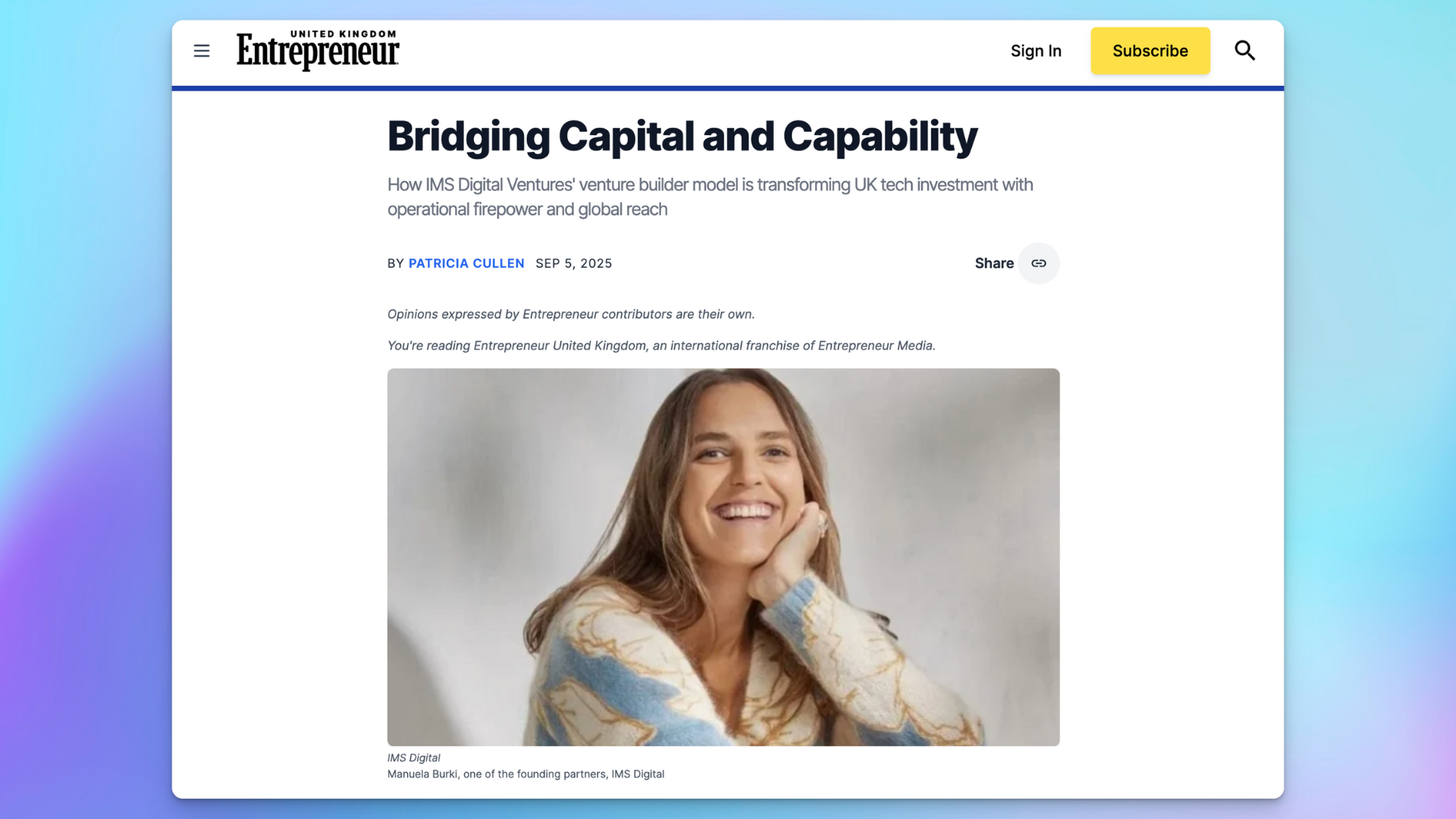The ongoing coronavirus pandemic has upended many lives and severely impacted most businesses. The tourism, food and beverage, and retail industries have been hit particularly hard due to lockdowns, social distancing measures, shelter-in-place orders, and overall safety and health concerns.
But, amidst this public health emergency, technology firms have emerged as the big winners. Thanks to work-from-home demands, Zoom, a video conferencing platform, has enjoyed skyrocketing growth – from 10 million daily users in December 2019, right before the pandemic hit, to 300 million daily users in late April 2020. That’s a massive 2,900% growth in just four months. If these figures are not impressive enough, during the same period, Zoom’s stock has surged over 140%, while the Dow Jones Industrial Average dropped almost 20%! Likewise, cloud computing solutions Amazon Web Services (AWS), Microsoft Azure and Google Cloud continue to see strong growth and above expectation performance. The revenues of these tech giants rose 33%, 59%, and 52%, respectively, in the first quarter of 2020 alone.
Aside from the increases in demand, these tech firms have been able to sustain growth throughout the pandemic with a robust digital ecosystem, agility, innovation, and investment in people. Non-tech companies can learn from these tech giants, so that they can more effectively thrive in this crisis and set up strong foundations for the future. In fact, research has shown that businesses with a solid online presence that have taken a hit on their offline sales have been able to make up some, if not most, of their losses online. And even businesses that were not digitally ready at the start of the crisis, but were able to pivot quickly to adapt to the current situation, have been able to recoup some of their lost revenues while their physical stores remained closed. We were able to do that precisely and achieve record sales growth during COVID-19 for one of our clients, a luxury cosmetics brand. This shows that adopting a robust digital marketing strategy and building a significant online presence are key steps for COVID-19 recovery.
How brands can learn from China to accelerate recovery
Now that we’ve seen how brands can learn from tech companies, let’s take a closer look at China’s success stories, all of which have implemented some of these key steps to COVID-19 recovery. This will help brands that are still heavily impacted by the pandemic to accelerate their recovery when it’s their turn.
1. Build a robust digital ecosystem or broaden the existing one.
A robust digital ecosystem goes hand-in-hand with having a significant online presence. An ideal digital ecosystem connects different customer touchpoints to boost the equity of the brand in order to deliver value to customers beyond the simple transaction.
Chinese food delivery platform Meituan-Dianping, for instance, has demonstrated how a powerful digital ecosystem allows a brand to stand out. The stringent stay-at-home orders in China left a large part of the population stranded at home without food. Meituan-Dianping was able to optimize its ecosystem and handle such a sudden, dramatic increase in demand thanks to the existing digital ecosystem in place. They were also able to launch a contactless system in tier 1 and tier 2 cities to complete delivery using intelligent lockers and other creative means. This shows that an effective digital ecosystem does not only allow a brand to quickly mobilize and innovate, but also to minimize loss of customer engagement, and therefore revenue, especially in such a critical time.
2. Leverage a softer, more empathetic approach to building the brand.
In these times filled with uncertainty, it is imperative for brands to eschew their usual sales-driven marketing campaigns, or consumers might perceive these brands as insensitive and careless, which would damage the brand image. Brands must show their understanding of consumers’ anxiety by framing their messages in a way that deviates from advertising and selling but offers support, empathy, and helpful information.
The hospitality industry and airline industry have demonstrated this approach well in the ongoing COVID-19 pandemic. As many countries have imposed lockdowns and travel bans in response to the pandemic, many major hotel chains and airline brands have waived cancellation or rebooking fees, which showed compassion and empathy for their consumers. Brands that are understanding of the difficult situation many customers are in, that show compassion, and provide comfort at a time of extreme anxiety are bound to win the hearts of consumers and increase brand loyalty in the long run.
3. Think outside the box and demonstrate your brand’s added value to gain new customers and strengthen existing relationships.
In the post-COVID world and the forthcoming financial crisis, it is understandable that consumers will be more prudent around their spending. Therefore, brands should evaluate how they can genuinely reflect their added value through their communications strategy. Communicating on the value of your products is no longer enough: in-house teams and agencies need to think about how they can provide value to consumers beyond the transaction. Brands should aim to highlight the brand’s purpose and how this has shifted, and will continue to shift to cater to evolving consumer expectations. As consumers become increasingly aware of social and environmental issues brought on by the pandemic, companies can also leverage this time to refine their brand purpose, to strengthen their image in the eyes of their customers.
For example, Allbirds, a U.S. startup footwear company, opened their first offline store in China in April 2019 and was doing well until COVID hit. Because of the months-long nationwide lockdown in China, they had to develop and execute effective strategies that would help them sustain the business. In addition to quickly preparing their online presence and launching their e-commerce, they also had to think of ways to stand out amongst their competitors in such a short amount of time. They deployed technology that allows consumers to easily connect with their staff as well as to view the shoes in multiple sessions of virtual, real-time catwalk. This unique strategy not only helped Allbirds gain new customers, but also helped them foster their relationships with existing customers.
All in all, we’re living in an unprecedented time, without knowing what lies ahead of us. Nonetheless, it is important that businesses of all sizes continue to adjust and evolve in order to weather this challenging time and emerge stronger post-COVID.
Are you a brand poised for COVID-19 recovery but unsure how to best adapt your strategy to the ever-changing situation? Get in touch with us and find out how we can support you in building a powerful brand ecosystem that will future-proof your business.



